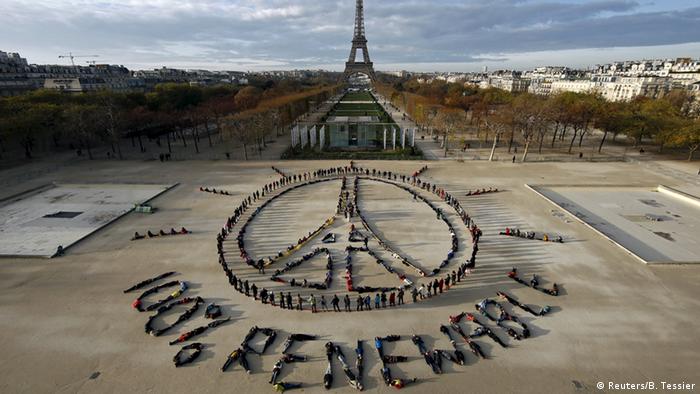
Global production of biofuels increased 17 percent in 2010 to reach an all-time high of 105 billion liters, up from 90 billion liters in 2009. High oil prices, a global economic rebound, and new laws and mandates in Argentina, Brazil, Canada, China, and the United States, among other countries, are all factors behind the surge in production, according to research conducted by the Worldwatch Institute’s Climate and Energy Program for the website Vital Signs Online.
The United States and Brazil remain the two largest producers of ethanol. In 2010, the United States generated 49 billion liters, or 57 percent of global output, and Brazil produced 28 billion liters, or 33 percent of the total. Corn is the primary feedstock for U.S. ethanol, and sugarcane is the dominant source of ethanol in Brazil.
“In the United States, the record production of biofuels is attributed in part to high oil prices, which encouraged several large fuel companies, including Sunoco, Valero, Flint Hills, and Murphy Oil, to enter the ethanol industry,” said Alexander Ochs, Director of Worldwatch’s Climate and Energy Program. High oil prices were also a factor in Brazil, where every third car-owner drives a “flex-fuel” vehicle that can run on either fossil or bio-based fuels. Many Brazilian drivers have switched to sugarcane ethanol because it is cheaper than gasoline.
“Although the U.S. and Brazil are the world leaders in ethanol, the largest producer of biodiesel is the European Union, which generated 53 percent of all biodiesel in 2010,” said Ochs. “However, we may see some European countries switch from biodiesel to ethanol because a recent report from the European Commission states that ethanol crops have a higher energy content than biodiesel crops, making them more efficient sources of fuel.”
(…)
[Find the full article HERE | The Worldwatch Institute’s Vital Sign Biofuels article can be found HERE]














